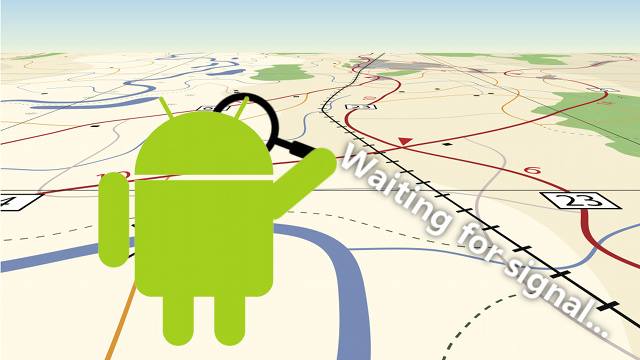How to Unlock Your Android Phones If You Forgot the Unlock Pattern or Passcode
 Forgetting
your Android phone unlock pattern or passcode can be frustrating, and
many users actually end up forgetting it at some point. While there are
many solutions posted on the Internet about how to deal with this
situation, only a few of them actually work. Some of the solutions that
work require you to download apps and install them on your Android
phone, others need you to sign in with your Gmail account, and finally,
others will reset and erase all of your data from the Android phone,
returning it to factory settings.
Forgetting
your Android phone unlock pattern or passcode can be frustrating, and
many users actually end up forgetting it at some point. While there are
many solutions posted on the Internet about how to deal with this
situation, only a few of them actually work. Some of the solutions that
work require you to download apps and install them on your Android
phone, others need you to sign in with your Gmail account, and finally,
others will reset and erase all of your data from the Android phone,
returning it to factory settings.Depending on your particular situation, you may want to choose a certain solution to bypass your unlock pattern or passcode. If you have just bought the Android phone and did not have time to store any information on it, erasing all of the data will certainly not be a problem. But if you had the Android phone for a long time and have many contacts and personal information stored in it, you may want to look for alternatives. Especially if you haven’t backed up your information anywhere else.
Here are three simple solutions to unlock Android phones that will work for most brands such as Samsung, HTC, LG,etc.
Unlock By Logging Into Gmail account
1. Type the wrong password or pattern for five times2. After the fifth mistype, an option called ‘Forgot Pattern’ will appear in the bottom right side of the screen – click on it
3. Log in with your Google username and password associated with the respective Android phone
4. You can now draw a new pattern and confirm the change.
Bypass By Downloading Apps
1. Log in to the Android Market on your computer2. Install the ‘Screen Lock Bypass’ App to your Android phone
3. Install another application – the application will run and disable the screen lock
4. The application runs each time you boot the Android phone and bypass the screen lock.
Reset Phone: Restoring the Android Phone to Factory Settings
1. Switch off the Android phone2. Press the volume button up and down
3. Press the power button and keep holding it with the volume up button
4. Keep pressing until the terminal interface appears on the Android phone
5. Navigate through the terminal using the home button
6. Choose the option to delete all user data
7. Your device will restart after several moments and it will reboot with factory settings.





